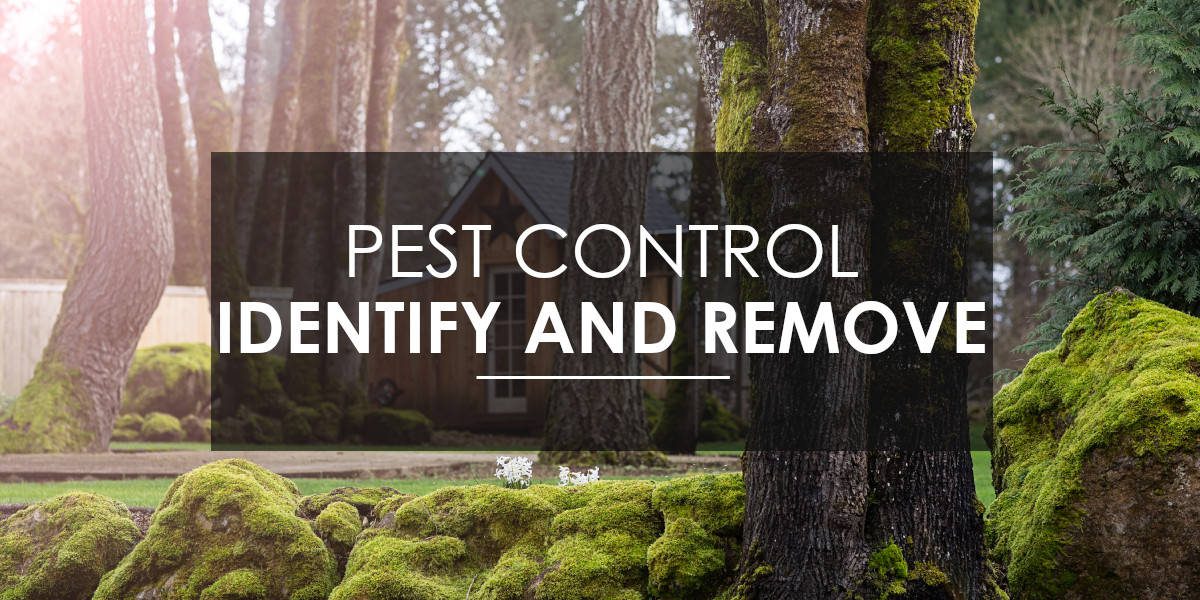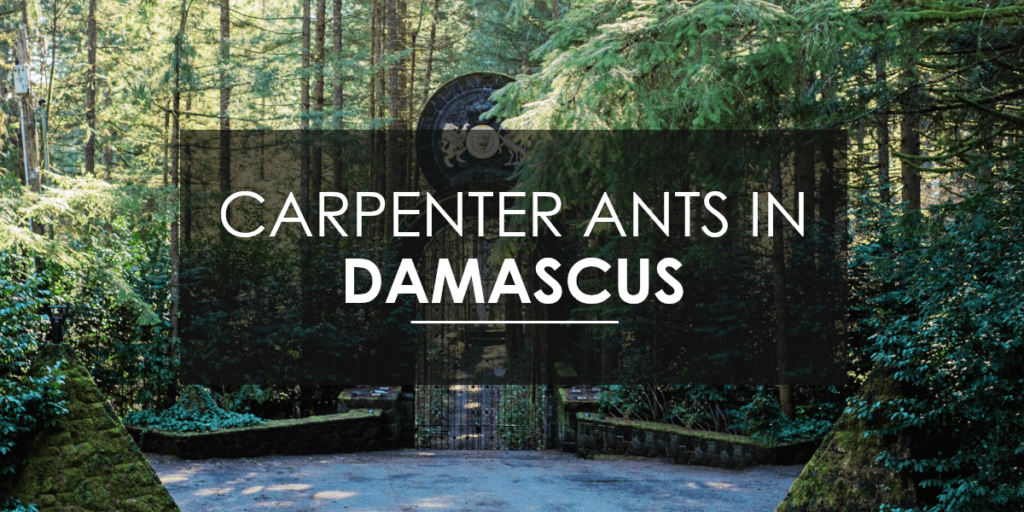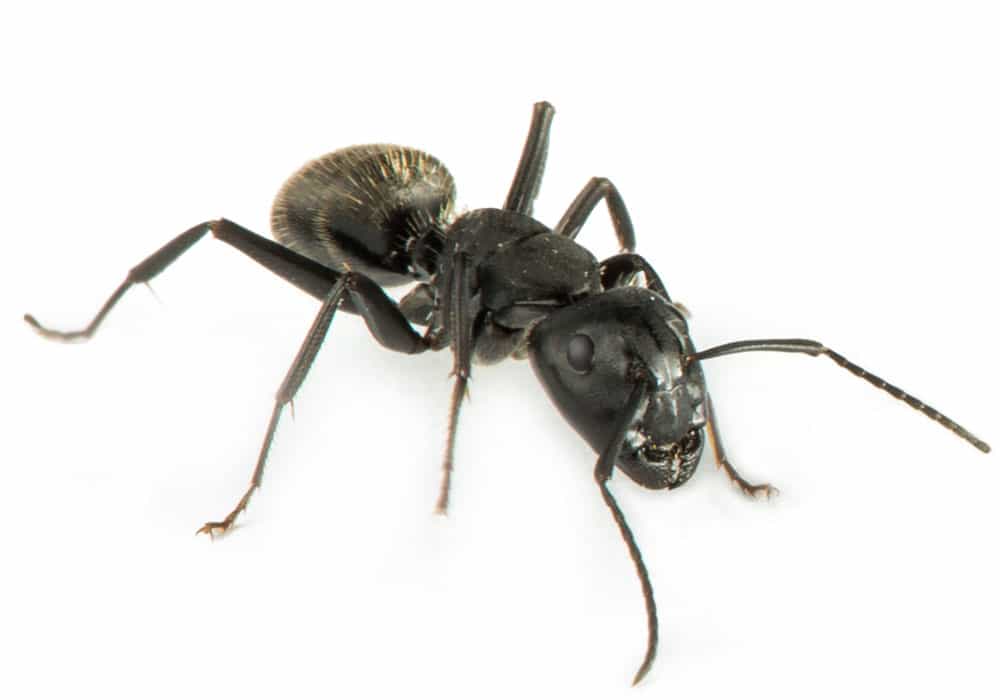By Arturo Peredo for Porch.com
Whether it’s rodents, roaches, or termites, pests can wreak havoc on your health and your home. Pest control is very important, they can cause structural damage to your house. If pests stay undetected or if they start to increase in number, the cost can be irreversible. Understanding how to identify and eradicate pests is the key to ensuring that your most significant investment and your family’s health stays safe.
Types of Pests
Invasive pests are quite common, but the type of pest you’re forced to deal with may depend on where you live. Certain pests thrive in warm climates and enjoy humid conditions, while others may come inside your home to seek warmth during the winter. Rodents like mice and rats can chew on electrical wires and eat your insulation, resulting in extremely costly repairs. Most rodents hide in the walls, basement, or attic as they prepare their nests for winter. Insects like termites and carpenter ants can destroy your home’s foundation or subfloor. These wood-loving insects are extremely threatening to your home and should be eliminated as soon as you find them. Other pests include biting insects like scorpions, spiders, and stinging insects like bees or wasps. Even pests like pigeons can become a nuisance if they decide to make your house their home.
How do Pests Affect Your House?
Different pests cause different problems when it comes to the integrity of your house. Some small mammals, birds, and rodents may only live in your home temporarily, while swarms of insects could decide to make your home their permanent residence. It’s essential to recognize how pests can harm your home to ensure you take appropriate action.
Damages to Infrastructure
The damage caused to your home can depend on the type of pest you’re dealing with. Animals that get into your walls or attic love to chew on insulation, which can affect your home’s ability to retain warm or cold air. Sharp teeth on rodents and other animals allow them to chew on wiring, which may result in an electrical short or even something more severe like a house fire. Wood-boring insects and bugs that enjoy eating wood like termites can cause your subfloors to be compromised. These pests can also chew up the framing of your home, windowsills, baseboards, and more. The cost to fix these problems can be huge, so contact a pest control company as soon as you spot them to prevent further damage. Pests can even cause issues with your furniture. Moths and bed bugs will damage upholstery and leave tiny holes behind. Other animals, such as mice, love to chew up furniture cushions and take the material back to their nests.
Damages to Your Garden
Pests can do serious damage to your garden as well as your home. If you’re growing a garden, it’s important to be aware of the possibility of harmful pests. Certain species of beetles can destroy trees in your landscaping, while worms are notorious for eating and destroying vegetables and fruits. Deer, rabbits, and rodents love to munch on cabbage, leafy greens, and tomatoes. Aphids are another tiny pest that loves to tear up plants and destroy the leaves of your vegetables in the garden. Inspect the plants in your garden regularly to look for signs of pests so you can take proactive steps to get rid of them.
How Can Pests Harm Your Health?
Aside from damage to your home and garden, certain pests can also be a threat to your health. Here are some examples of how different pests can affect your health and the health of your family:
- Disease: Rats and mice carry a variety of dangerous diseases, including typhus and hantavirus. The droppings and urine of mice, as well as bites from fleas, can spread these diseases to humans. Insects also carry diseases like West Nile (mosquitos) and E. coli (flies). Cockroaches are notorious for spreading diseases to humans, including salmonella and dysentery, to name a few.
- Allergies: If you suffer from allergies, pests can make the problem worse. Dust mites are the leading cause of indoor allergies in children and adults. Dander from mice and other small pests can also make allergy symptoms a lot more unpleasant. Roach saliva, feces, and urine have been shown to exacerbate the symptoms of asthma and allergies, particularly in children.
- Venomous Insects: Bugs like fleas, spiders, wasps, and bees can cause discomfort and even danger to your health. If you’re allergic to bee or hornet stings, the consequences can be fatal. Venomous insects can also bite and cause a myriad of other symptoms, including rash, burning, itching, and swelling of the skin.
- Pests in Pets: Fleas and ticks can make your pet’s life miserable if the problem isn’t addressed. Make sure you give your pets regular flea treatments to keep these tiny pests away. When fleas or ticks bite your pet, it can make them extremely uncomfortable and itchy. In some cases, it can even cause anemia, particularly in kittens and puppies.
How to Identify Pests
If you want your home to be pest-free, it’s important to know how to spot and identify pests. One of the first signs of a pest issue is noticing tiny breadcrumbs that they leave behind. Small pests can get into your kitchen cabinets and pantry and tear open plastic packaging, leaving the evidence behind. Here are some other ways you can spot the presence of pests in your home:
- Inspect your home for seasonal pests like mosquitos in the summer and small rodents or bats that want to hide in your attic in winter.
- Pests like to hide in dark places or areas of the home where it’s damp, such as your basement. Check these areas regularly for the presence of pests.
- Small mammals and rodents like to hide in walls and attics, while insects prefer the foundation or your garbage and kitchen cabinets.
- Knowing what attracts pests can help you keep them at bay. Don’t leave food out of the fridge and clean your sink and cabinets often since food crumbs and sticky residue is a prime attraction for a myriad of different pests leading to the need of exterminators such as ant exterminators near you.
- Research how different pests look, including their size, coloring, and other features. That will make identifying pests quick and easy, so you can come up with a solution as soon as you see them.
- Upholstery with small holes or chew marks can be an indication that pests are in your home. Small piles of sawdust near corners or windowsills may indicate that you have a termite problem.
- Tiny droppings, unusual sounds, or unpleasant smells like a strong urine odor are common indicators that pests are lurking or living nearby.
Pest Control: How to Get Rid of Pests
If you discover pests are in your home, there’s no need to panic. There are several alternatives to handling virtually every pest known to man. If one method doesn’t work, you can always try another until you find the method that works for you. Look for a solution that will fit your budget. A monthly pest control service might cost you more, but it will also give you peace of mind. If you don’t have a lot of money to spend, consider store-bought pest prevention products or a few easy natural alternatives instead.
You don’t have to use harsh or toxic chemicals when getting rid of pests. In fact, there are plenty of green alternatives you can use, such as essential oils that will keep insects away from your home and garden. Seal doors, windows, and any other points of entry where pests can sneak inside. Keeping a clean house is one of the best ways you can ensure a pest-free home. Sweep up crumbs and vacuum regularly, and never leave discarded food indoors for long periods of time. Put non-perishable food in sealed containers so pests can’t chew through the packaging. Mop the floors of your bathroom and kitchen often, and wash linens and bedding frequently. A clean home is the most important thing you can do to prevent the possibility of annoying pests in your home.
Say Goodbye to Pests Forever
Constant cleaning will help you keep pests at bay, but there are a few other things you should do in order to ensure your home is safe and pest free. Look for the signs of a pest infestation so you can prevent things from getting out of hand. Consider a pest control service to help you eradicate dangerous pests and keep them out for good. As seasons change, pay attention to the different pests that may want to move into your home. With the right understanding of pests, it’s much easier to be prepared if you happen to spot them.







